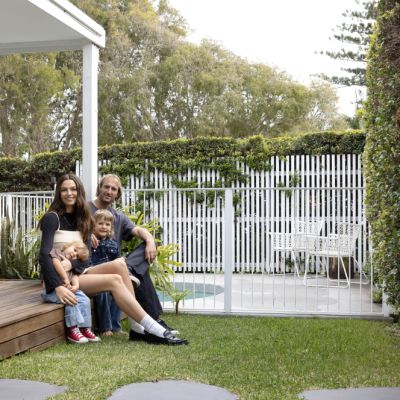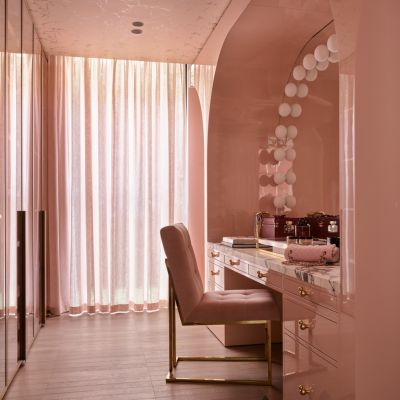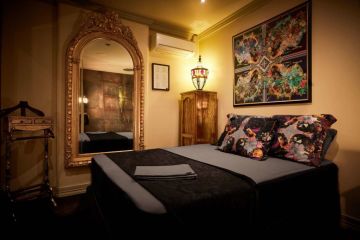How to shop and style vintage like a pro according to Simone Haag
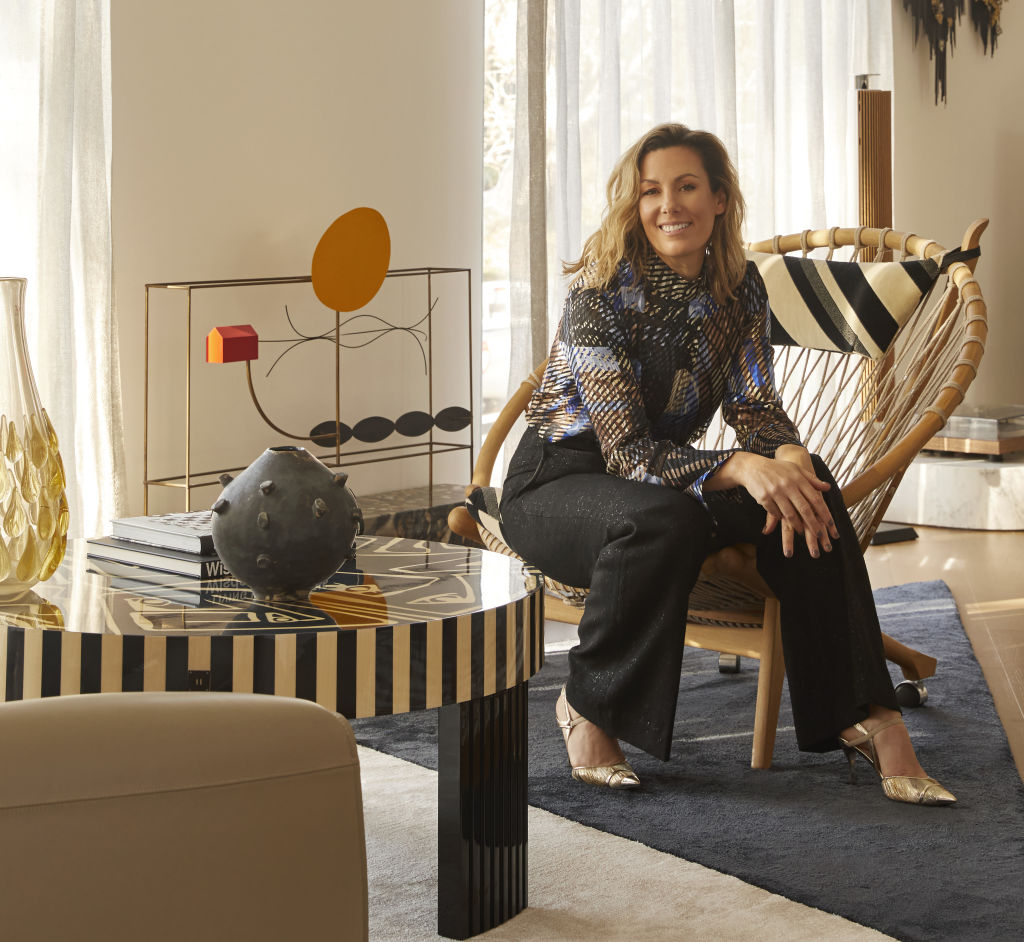
Passing a second-hand furniture store without having a browse is simply not an option for interior stylist and decorator Simone Haag.
“One of my favourite finds was an artwork I got at a vintage store in New York,” she says. “I was driving to the airport and asked the taxi driver if he could stop and keep the meter running.”
Haag was told the Perspex-framed 3D artwork that looked like curled paper wasn’t for sale, so she left her card in case the owner changed his mind.
By the time she landed, an email told her the piece was hers. It looks right at home in her 1970s Ian J. Smith-designed house in Melbourne’s east.
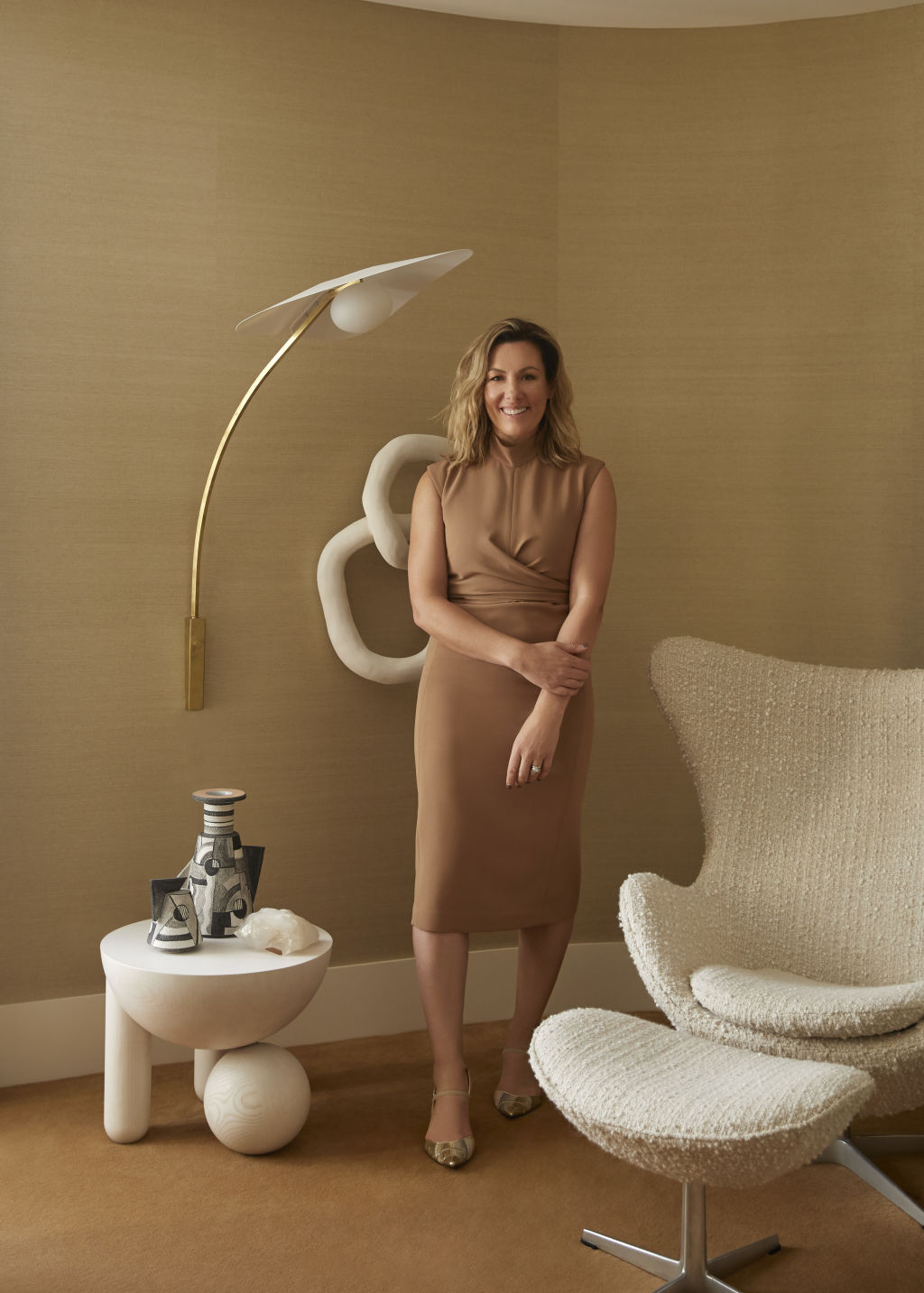
Haag says she has found many special items on her travels, including artworks and furniture in the flea markets of Paris, Los Angeles and New York, and beautiful crockery, vases and clocks in Sweden’s “incredible” op shops.
The story of a treasure found while on holiday, and its attendant memories, can really add personal value to an item.
But there are plenty of wonderful second-hand outlets Haag frequents closer to home – Melbourne’s Angelucci 20th Century, Modern Times, Grandfather’s Axe and CCSS, to name a few.
Online vintage shopping continues to gain momentum with First Dibs perhaps the best known. Haag also points to The Bruno Effect, Pamono and Chairish as other great options.
For home decorators embracing vintage styling, Haag cites her “70-30 per cent rule”, which is helpful regardless of whether you favour vintage or contemporary furnishings.
“It’s easy for people to be a little bit too, ‘I love retro houses, I’m going to get everything retro,’” she says. “I think you do want to have that mix [of styles] for it to really work.”
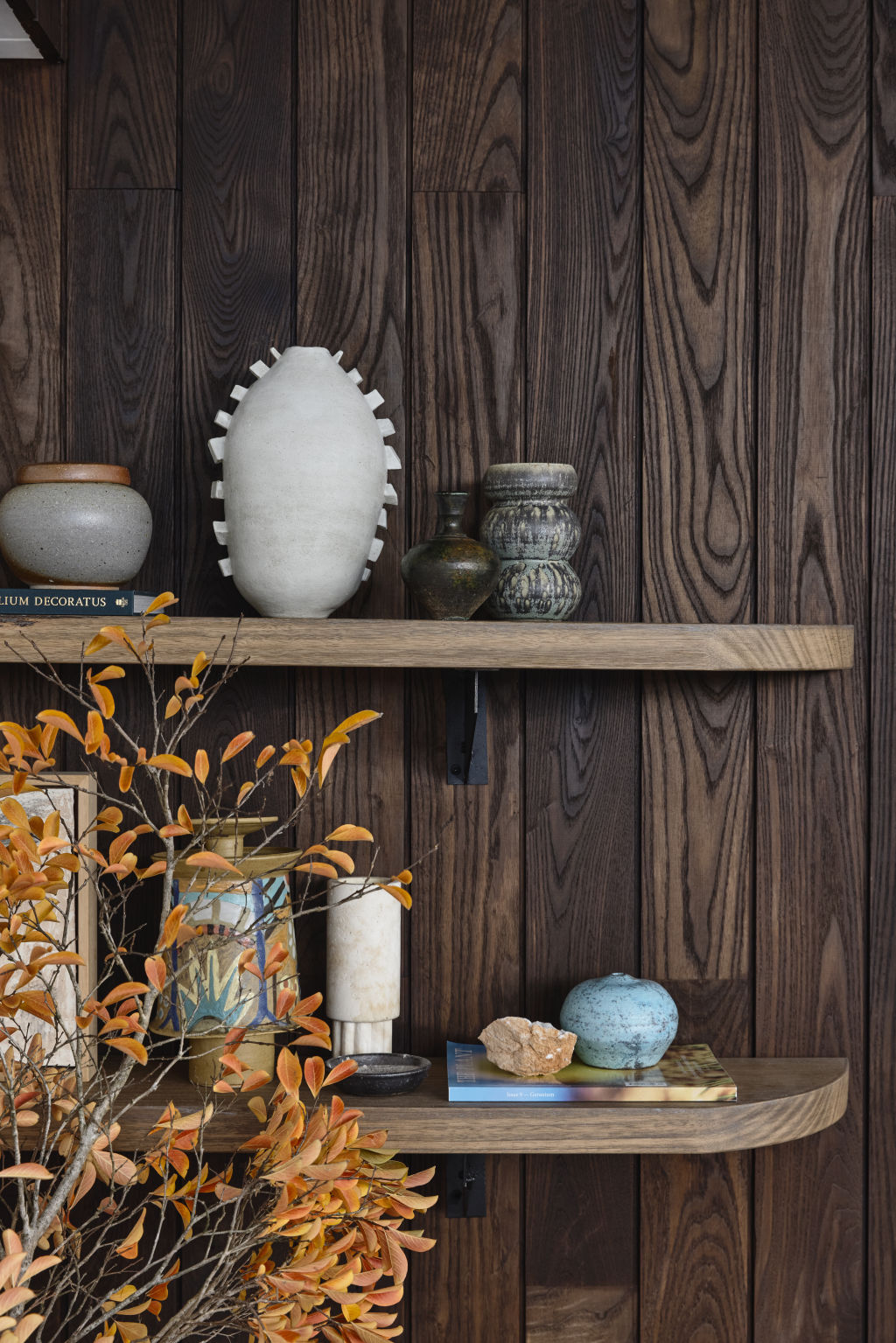
Contemporary sculptural pieces, such as the Daniel Barbera-made granite console Haag has at home, can pair well with vintage items.
“Artisanal pieces blur the lines between old and new,” she notes.
Another way to strike the balance is to re-cover vintage furniture in modern fabrics; Haag opts for graphic oversized patterns for interest and fun.
She says getting to know the dealers at second-hand stores can be advantageous, sometimes making it possible to preview an item before it hits the shop floor and intercept the reupholstery process to choose your own fabric.
When sourcing artworks, Haag says old paintings often feel just that – old – so hang them sparingly, interspersed with photography or textural elements, like that famous vintage curled-paper artwork.
Sketches, brass pieces and tapestries can tap into a vintage theme while providing textural interest and warmth; Haag has two large woven wall hangings at home.
A coffee table with a ceramic top was bought with a mind to repurposing it as a mural, until a client snaffled it for their beach house.
Sometimes vintage styling just takes a little manifestation and perseverance, says Haag, who found her tangerine and rattan dining chairs some years before buying the beach shack that they suited.
Haag’s final rule for thrift shopping is to do it alone.
“It’s really tricky when someone pips you at the post,” she says with a laugh. “There are no friends on a flea-market trip!”
We recommend
We thought you might like
States
Capital Cities
Capital Cities - Rentals
Popular Areas
Allhomes
More
